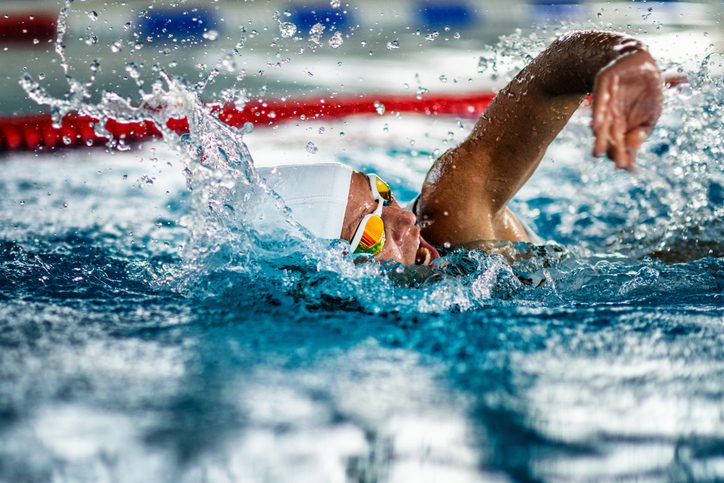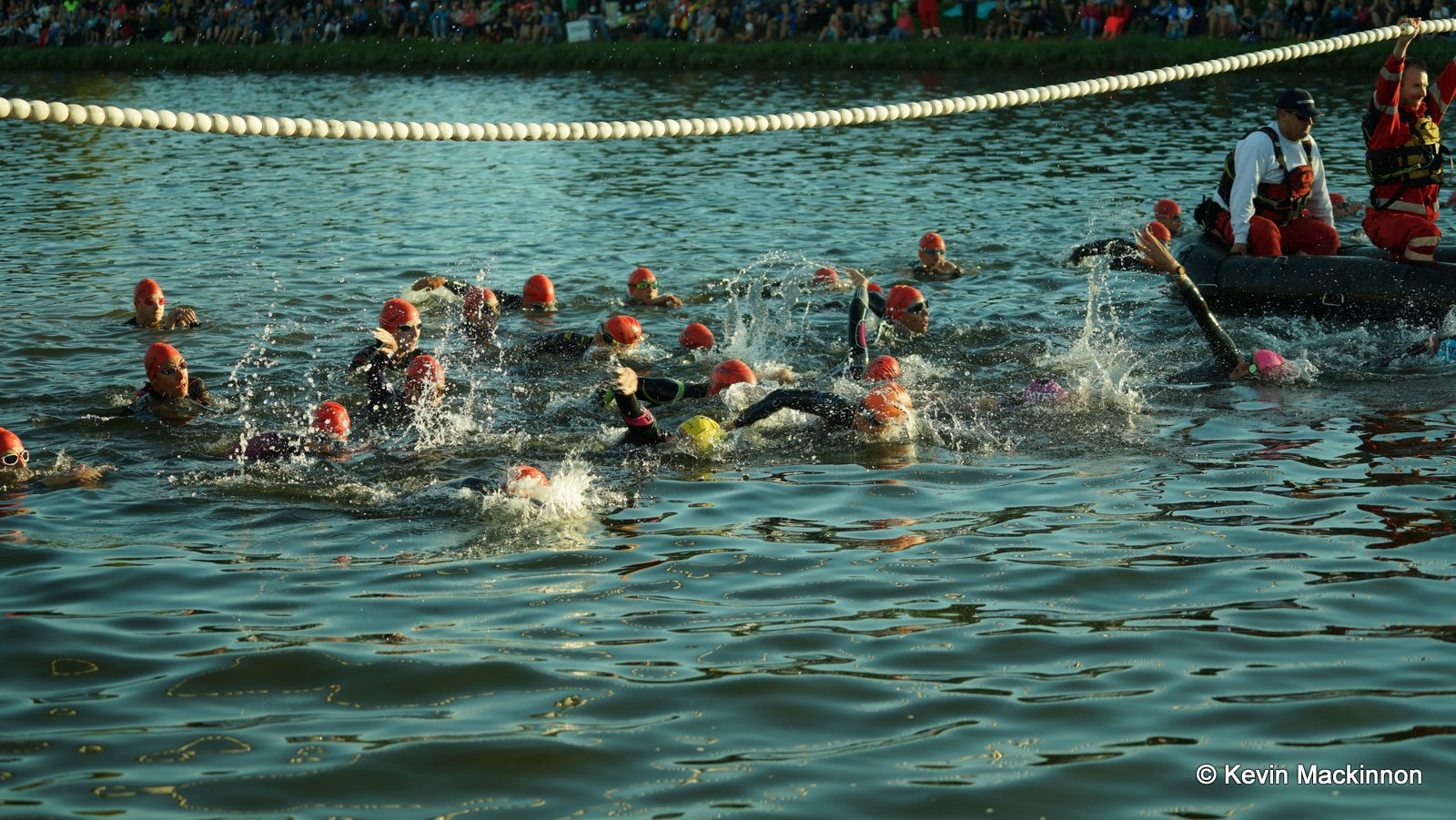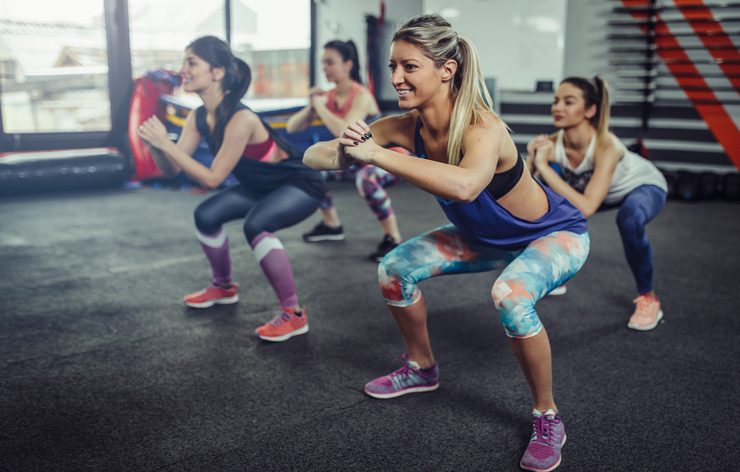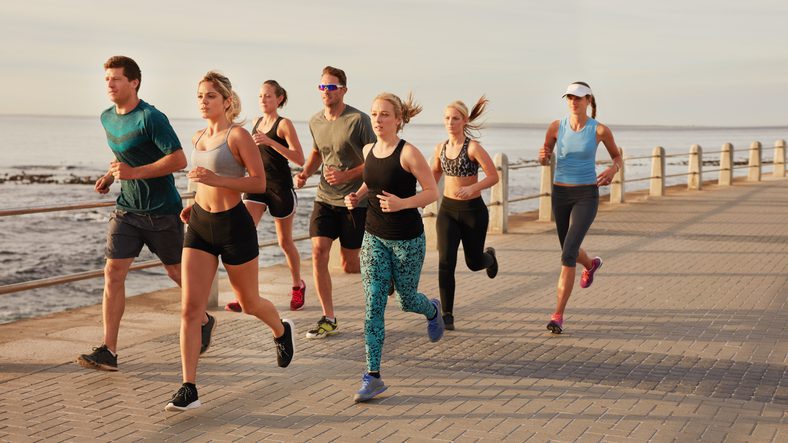How to make the transition: Swimmer to triathlete
A swimmer has the potential to excel in triathlons, but making the transition requires patience.


One of the most challenging aspects of a triathlon is the swim. For some triathletes, it is their weakest discipline and it is often the most challenging to learn how to perform effectively.
So, when a swimmer decides they’re going to make the jump to triathlons, they have the potential to be a strong triathlete. But, what adaptations does a swimmer need to make in their training to eventually excel in triathlons?
Swimming is a low impact sport, and even though a swimmer may have a strong cardiovascular system and well-developed swimming muscles, they are not accustomed to the pounding of running or the muscular strain of biking.
The first step to transitioning from swimming to triathlons is developing physical literacy. The term, physical literacy implies a learning phase of movements during dryland sessions – muscle activation, lunges, squats, hinges, pushes, pulls and presses. The idea is to load the body in such a way that you can learn the proper technique while strengthening the surrounding connective tissue – tendons, ligaments and muscles.
Related: Adopting a long-term approach to triathlon training
Jason Boivin, the Assistant Coach for the McGill Varsity Swim Team and Head Swim Coach for the McGill Triathlon Club, believes in a long-term approach to training. “When you first start something new, it’s important to add to the training gradually,” says Boivin. “During this time, it will be important to prioritize a learning phase of movements. I call it capability over capacity.”
Next is a gradual progression into both the bike and run disciplines. Rushing into triathlon isn’t recommended, especially when it comes to running.
While increasing the number of train sessions per week, intensity and the distribution of the type of training, i.e. swim, bike, run, a swimmer should also prioritize capability over capacity, especially in the initial learning phase. “Learn how to, before the how fast or how much,” says Boivin. “Rushing this phase, or skipping it all together, will increase your susceptibility to injury.”
Related: Why a runner should try triathlons
As in any endurance sport, taking a balanced training approach to your workouts is ideal. A swimmer doing triathlon training along with a dryland program will increase their athleticism. This will not only improve their general fitness, but it will also improve their durability as an athlete.
Considering the lack of visual stimulation a swimmer gets when training, it may be beneficial for a swimmer who has tapped out their potential in the pool to try triathlons. That way they can continue to swim, but also develop their overall athleticism and compete in a new environment. A well-known example of a swimmer transitioning to running and then triathlons is Gwen Jorgensen, the 2016 Olympic triathlon gold medallist.



